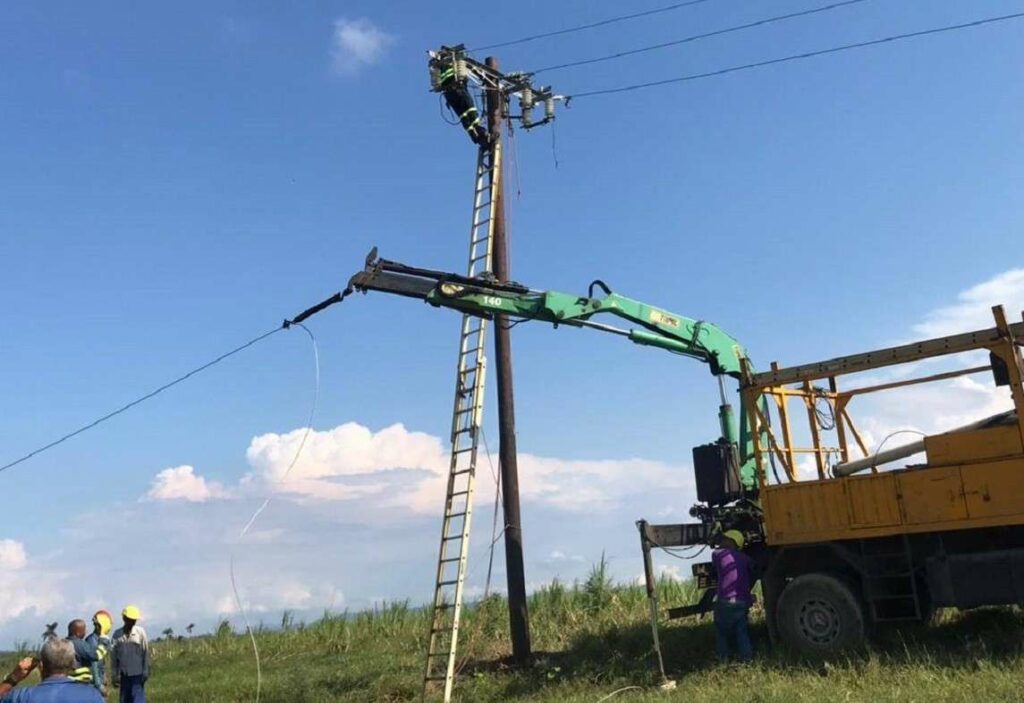Since the funds were used, “they have not been fully reconstituted, so the country does not have sufficient resources to face a new economic crisis of the same magnitude,” reports an analysis by the Center for Economic and Budgetary Research (CIEP). ).
The CIEP reports that the years with the highest income from the FEIP fund occurred from 2015 to 2017, mainly due to income from risk management in 2015 and 2016, and from the remaining operations of Banxico in 2016 and 2017. For 2018, the balance increased to 279,770 million pesos.
Later, due to the slowdown of the Mexican economy in 2019 and the economic crisis generated by the covid-19 pandemic, most of both the reserves and the balance of the fund itself were used.
Although resources were accumulated in 2022, at the current rate it would take 17 years to reach the nominal balance of 2018, assuming that there were no economic crises and that they only received income from surpluses of the Federal Income Law (LIF), so it is necessary to review the destination of this type of income.
states on alert
Meanwhile, the credit risk rating agencies Moody’s and Fitch warn that this year will not be easy for the finances of the 32 states of the country, so resources from the FEIEF fund will be used.
Moody’s estimates that in 2023 the fund will suffer a 43% reduction as a result of the fact that the Mexican economy will not grow, at levels projected by the Ministry of Finance, and “optimistic revenue estimates in the federal government’s economic package,” it said. in an analysis in late January.
A slower rate of economic growth in Mexico and the United States cast doubt on whether the government was able to reach the tax collection goals in 2023, which will affect the delivery of federal resources to the states, known as participations, and have to use money from the FEIEF, which serves to compensate for the lack of federal money, considered Gerardo Carrillo, senior director of International Public Finance at Fitch Ratings.

















